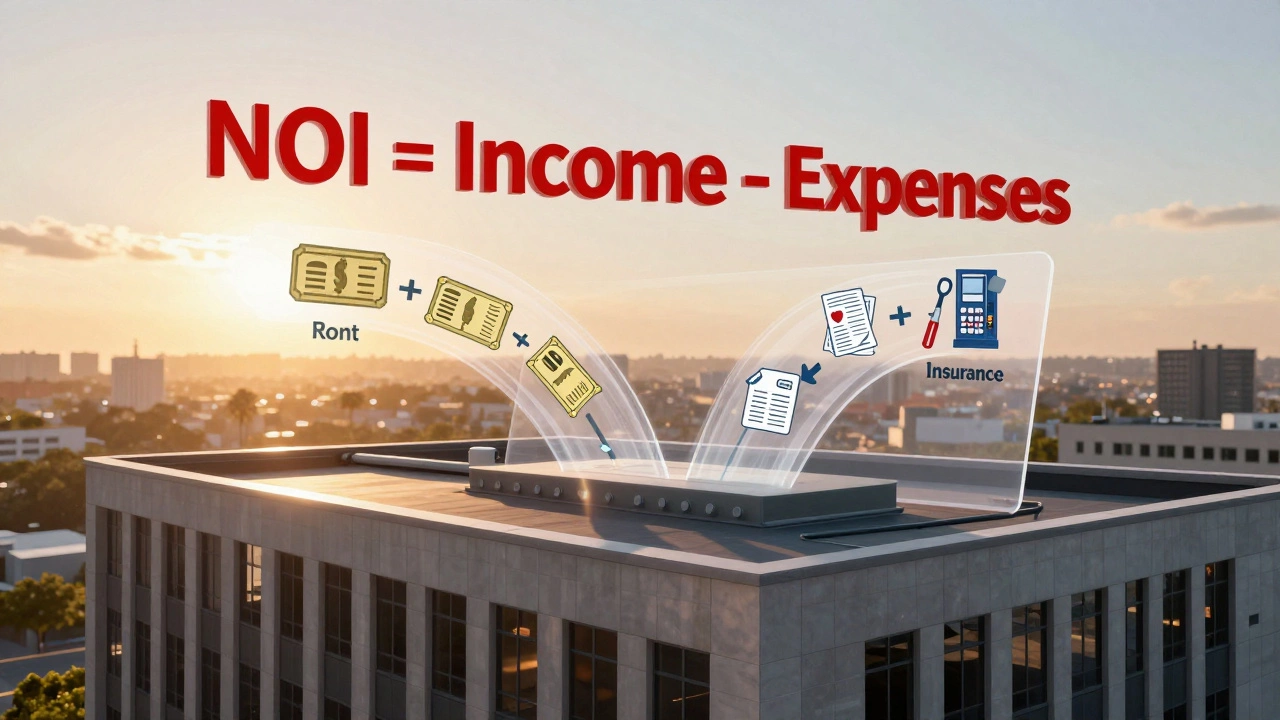Home Loan Timeline: What to Expect From Application to Disbursement
When planning a property purchase, knowing the home loan timeline, the series of steps a borrower goes through from loan request to money being released. Also called a mortgage schedule, it maps out critical milestones that keep the process transparent and manageable.
Understanding the home loan timeline helps you avoid surprises and stay on track with lenders. The journey typically kicks off with a credit assessment, moves through document verification, then into underwriting, and finally reaches disbursement and property registration.
One of the first gatekeepers is your credit score, a numeric representation of your repayment history used by banks to gauge risk. A high score can shave weeks off the approval stage, while a low score may trigger additional checks or higher interest rates. Lenders look at recent credit inquiries, payment patterns, and outstanding debts to decide if you qualify for the loan amount you need.
Key Stages of a Home Loan Timeline
Next comes the down payment, the upfront cash you provide, usually a percentage of the property price, that reduces the loan principal. The size of your down payment influences the loan‑to‑value ratio, which in turn affects the interest rate you’ll pay. Most banks require 10‑20 % of the purchase price, but some schemes allow lower contributions if you meet certain eligibility criteria.
After the down payment, the lender calculates the interest rate, the cost of borrowing expressed as a yearly percentage, which determines your monthly EMI. Fixed rates give you payment certainty, while floating rates can change with market conditions. Your chosen rate, combined with the loan amount and tenure, shapes the amortization schedule that appears later in the timeline.
Once the loan is approved, the bank prepares the disbursement documents and coordinates with the registrar for property registration, the legal process of transferring ownership to the buyer, which must be completed before funds are released. This step often involves stamp duty, registration fees, and sometimes a final verification visit by the lender. Completion of registration signals that the bank can release the funds to the seller, marking the final milestone of the home loan timeline.
Each stage of the timeline interacts with the others: a solid credit score accelerates approval, a sizable down payment can lock in a better interest rate, and timely registration ensures quick disbursement. By grasping these connections, you can plan your finances, schedule inspections, and negotiate with confidence.
Below you’ll find a curated set of articles that dive deeper into every phase—from eligibility checks and documentation tips to post‑disbursement strategies—so you can navigate your mortgage journey without missing a beat.





